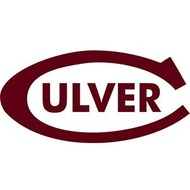Reading Like a Historian, Unit 12: Cold War Culture/Civil Rights
(View Complete Item Description)In this unit, students explore social, cultural, and political events that helped define America in the decades following the Second World War. The lesson on the Civil Rights movement revolves around the question: Why did the Montgomery Bus Boycott succeed? In another, students compare speeches by JFK and John Lewis regarding the Civil Rights Act of 1964. In the Women in the 1950s lesson plan, students use secondary sources and popular images to explore whether "the happy housewife" was reality or perception. Finally, students will encounter opposing views on whether the Great Society was successful, and what led many Americans came to oppose the Vietnam War.
Material Type: Lesson




















